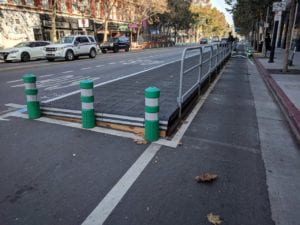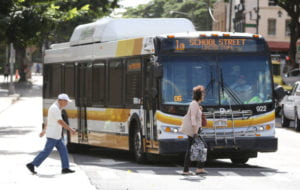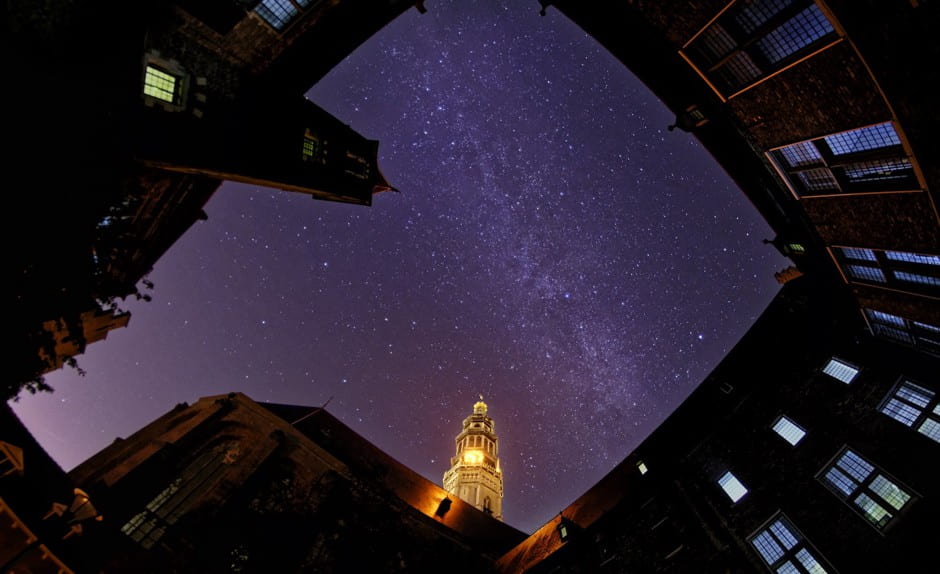Each Friday, the Wagner Planner editorial board will publish a news roundup of recent planning news. Topics range the gamut of urban planning concentrations, but will mostly be at the discretion of the editors.
Brendan’s Picks
Sorry, But E-Scooters Are Still Not Scary
“…you’re a lot more likely to be on dedicated bike infrastructure while riding a Citi Bike than you are while riding a scooter, and there are more people riding scooters than bike shares, so it only makes sense that the fatality rate is reflecting this…Ultimately it’s the cars that are inherently dangerous, not what’s winding up underneath them.” (Outside)

San Jose’s Bad-Ass Bike Network
“In the past year, the city has laid down ten miles of quick-build protected bike lanes. Some are parking protected. Some are protected by rows of robust-looking K71 plastic bollards. San Jose’s quick-build scheme costs the city only $1.5 million for an impressive transformation of the downtown core.” (Streetsblog)

Honolulu Traffic Is Terrible. So Why Aren’t More People Riding TheBus?
“Residents all over this small island struggle to get around as the roads grow even more packed with cars. Given Oahu’s extremely limited space, there’s an especially urgent need to cut down on car trips that carry just one person.” (Honolulu Civil Beat)

Mayelly’s Picks
Holland Aims to Bring Back Its Starry Nights
“There is increasing recognition for the necessity of darkness for plants and animals—including ourselves. Trees, plants, and insects need darkness, just like humans, for their growth and repair cycles, which may be one reason urban trees have shorter lives than those in a forest. Thousands of birds a year are killed by bright artificial lighting, and insect numbers and therefore pollination have been found to be affected by street lighting.” (CityLab)
Newest Subway Cars Breaking Down More Often Than Some Old Ones
“The gleaming new R179 subway cars, which started going into service two years ago this week and cost nearly $2 million each, failed an average of every 127,374 miles, between March and October. That’s a far higher rate than other models years older — including the durable 1984 R62 cars, which encountered problems every 265,324 miles along the Nos. 1 and 3 lines during the same period.” (The City)

Respect the Hustle of Soda Can Raccoon and Murder Cat
“Naturalists often speak of nature persisting as cities expand. But what exactly are we calling “nature”? And what if some of this nature isn’t just persisting, but actually thriving?.” (The New York Times)

Bonus (video)

